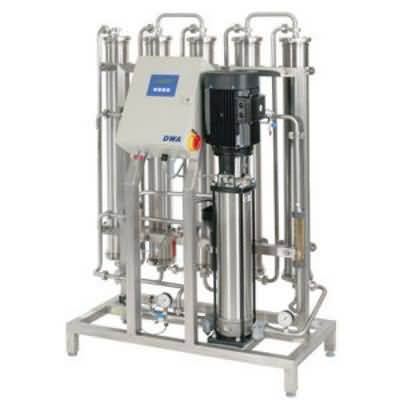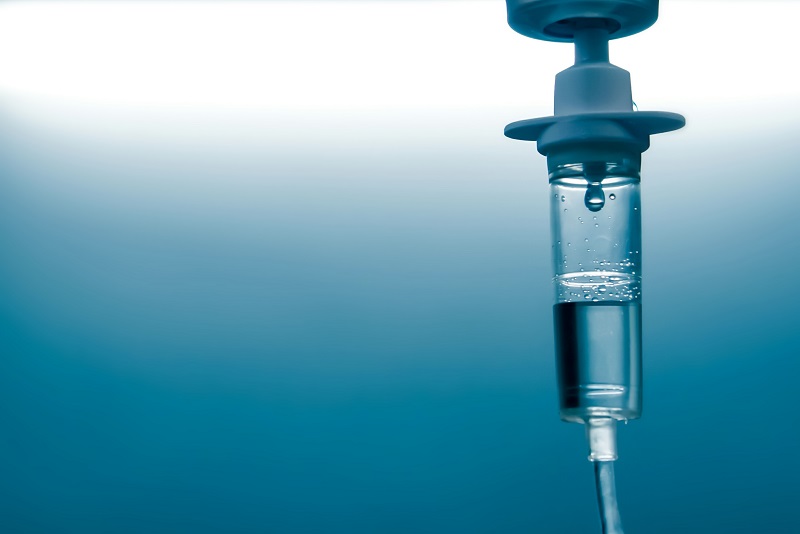Dipstick tests
Dipstick tests
Leucocyte esterase and nitrites
Increasingly used as indicators of infection.
Detection of neutrophil esterase activity identifies white cells (pyuria), while the nitrite test exploits the ability of some urinary pathogens (though not all — notably certain Gram +ve organisms, including Strep. faecalis , Staph. albus, Neisseria gonorrhoeae ,as well as many Pseudomonas spp. and mycobacteria) to reduce nitrate nitrite.
Positivity requires an adequate dietary nitrate intake as well as sufficient bladder dwell time (preferably >4h).
When combined, these methods possess good specificity (i.e. take seriously if +ve) though only modest sensitivity (i.e. treat a – ve result with caution if infection is likely clinically).
While they can serve as a useful screening test in at-risk populations they are not a substitute for microscopy and culture.
Bilirubin and urobilinogen
Conjugated ( water-soluble) bilirubin — biliary excretion — small bowel — converted to urobilinogen — distal reabsorption — partially excreted in the urine.This means: unconjugated (water-insoluble) bilirubin does not pass into the urine ( dipstick +ve bilirubin indicates hepatic or cholestatic disease) the absence of dipstick urobilinogen in a jaundiced patient suggests biliary obstruction.
Glucose
Glycosuria results when tubular reabsorptive capacity for glucose is exceeded (plasma level >10mmol/L). A valuable screening tool, but less useful for diagnosis and monitoring of DM. Renal glycosuria occurs when proximal tubular injury leads to a failure to reabsorb filtered glucose .Causes of a +ve dipstick for ketones
Dipsticks semi-quantitatively detect acetoacetate (but not B -hydroxybutyrate). A +ve test can be seen in:Urinary test strips A variety of test strips for urinalysis are available. Some have a specific purpose, e.g. Clinistix ® (glucose), Hemastix ® (blood), and Albustix ® (albumin). Others cast a wider net, with various combinations of the following: • Specifi c gravity. • pH. • Leucocytes. • Nitrites. • Glucose. • Urobilinogen. • Bilirubin. • Ketones. • Albumin or protein. • Blood.


















